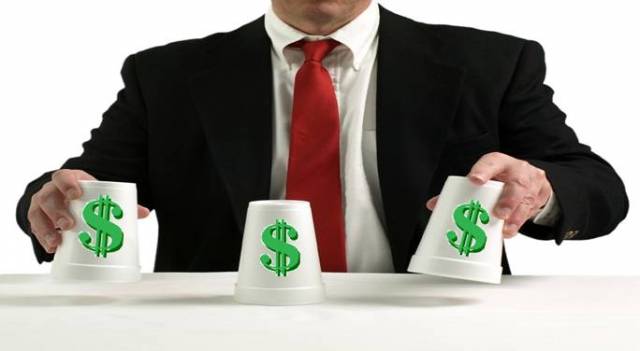Ponzi scheme, “a financial scam that pays early investors returns from the investments of later investors.” Ponzi schemes have been in the news lately and they have been most damaging to small time investors who are entangled in the bankruptcy cases of large scale investment companies. In the Chapter 11 bankruptcy case of First Americans Insurance Service Inc., many of the company’s individual investors received letters demanding that they return investment payments to the bankruptcy estate.
In order to avoid litigation, the letter recipients are asked to pay a specified amount within 14 days of receiving the letter. The letter goes on to state that “in the event that we do not receive said payment, we will have no alternative but to attempt to resolve this matter through other means.”
FAIS filed for Chapter 11 bankruptcy protection in January 2009 with liabilities between $100 million and $500 million. The number of creditors was estimated to be between 200 and 999. The company estimated its assets at $1 million to $10 million in the filing, according to the Nebraska Department of Banking and Finance.
As with individual bankruptcy cases, the bankruptcy trustee treated the Ponzi scheme payouts as fraudulent transfers. And as with any fraudulent transfer it is the responsibility of the recipient of the transfer to return the assets to the bankruptcy estate. Unfortunately, as it is in the case of personal bankruptcy the recipients of these investment payouts most likely don’t have the money to pay. And their attorneys are arguing that they were not aware that they were involved in a Ponzi scheme and should not be held liable for repaying the money to the bankruptcy estate. But the bankruptcy trustee insists that because of the high returns of the investment, the investors should have known that they were involved in some type of scam. We can expect to see more of these types of bankruptcy cases in the future as the financial industry experiences one of the most severe shakeups since the Great Depression.
